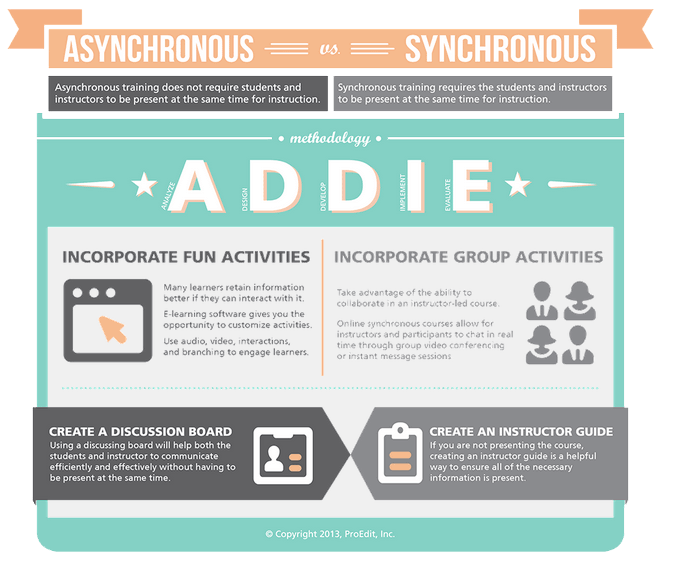Based upon my experience, there are some key advantages to asynchronous collaboration tools. For one thing, they enable flexibility. Participants can receive the information when it’s most convenient for them. There’s less pressure to act on the information or immediately respond in some way. People have time to digest the information and put it in the proper context and perspective. Another advantage is that some forms of asynchronous collaboration, such as email, are ubiquitous. These days, it’s hard to find a co-worker, customer, business partner, consultant, or other party who doesn’t have an email account.
Some of the drawbacks that I’ve found using asynchronous collaboration are that they can lack a sense of immediacy and drama. There’s less immediate interaction. Sometimes people have to wait hours, days, and even weeks to get a response to a message or feedback on a shared document. The lack of immediacy means that information can be out of date by the time someone views it. This is especially true in light of the rapid pace of change in today’s business environment.
In contrast, synchronous, or real-time, communication takes place like a conversation. One of the advantages of synchronous collaboration is its immediacy. You can send and receive information right away. This more closely resembles a face-to-face or telephone conversation between two or more people, so can present a more natural way of communicating. The sense of immediacy is more like to solicit a timely response from people. Synchronous collaboration, in general, is more interactive than asynchronous. In the past I’ve used several live chat rooms for some of my writing classes where everyone gets online in the same chat room and types questions, comments, and responses in real time. Because the room is anonymous, students are much more comfortable asking a variety of questions with no worries of ridicule.
The downside of synchronous collaboration is that not everyone uses it. Although instant messaging, chat, and other such tools are becoming more common, they’re still not as ubiquitous as technology such as email. Another drawback is that synchronous collaboration is not as flexible as asynchronous. All the parties involved must be ready and willing to collaborate at a given moment-or the session doesn’t work as well. Also, not everyone does well with this kind of collaboration, particularly people who like to think over what they want to communicate.


Leave a Reply